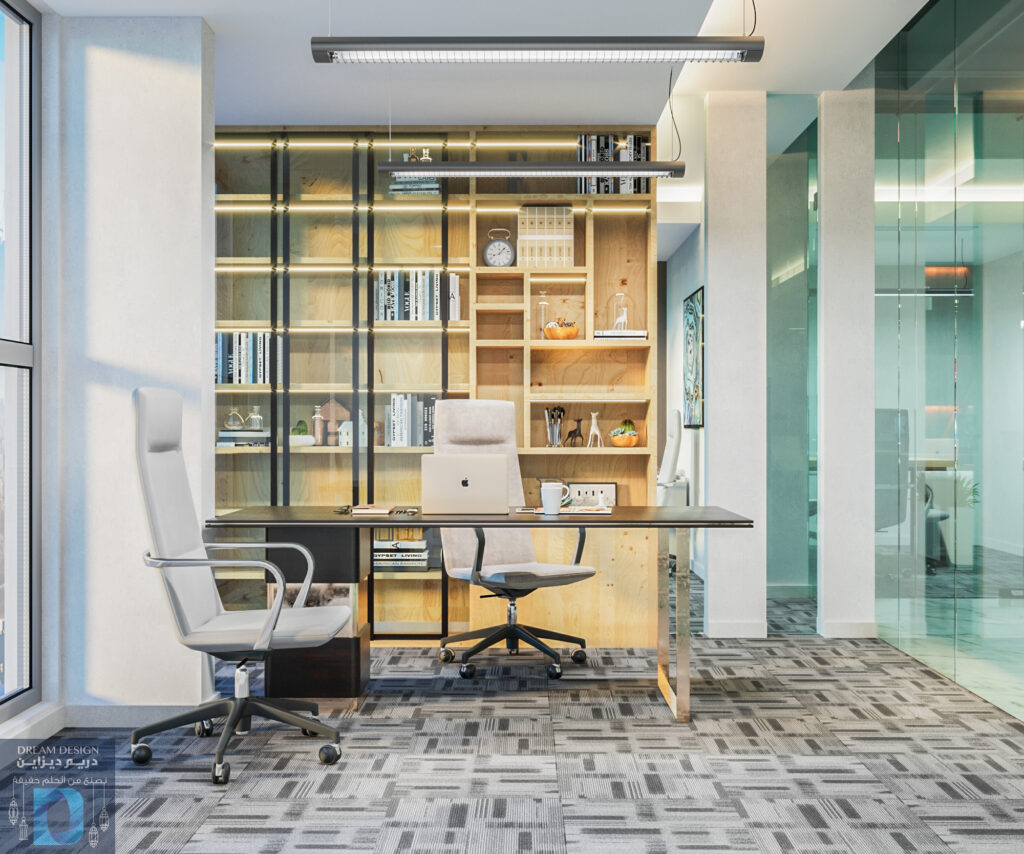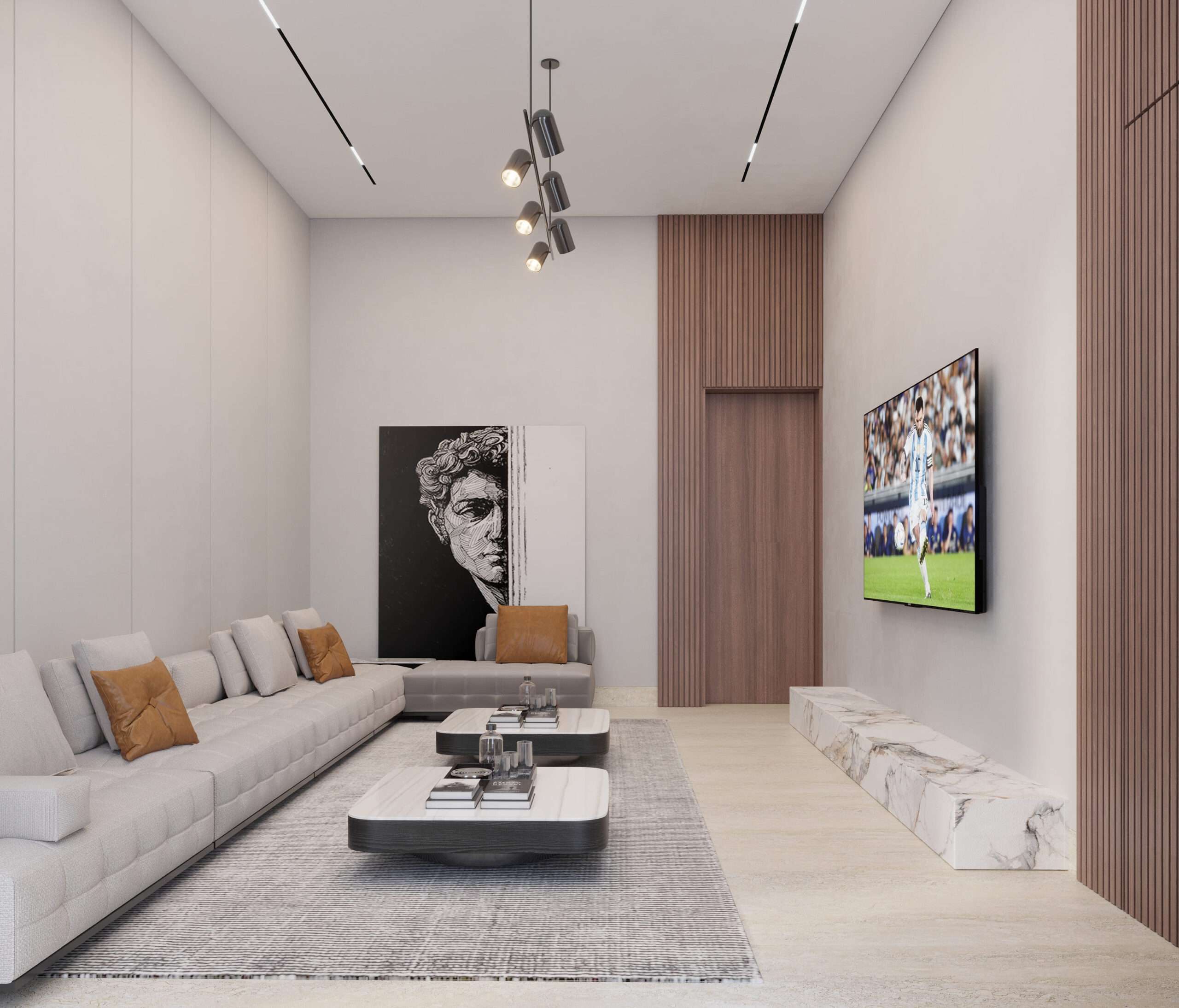3D visualization has revolutionized interior design, revolutionizing both the creative process and communication of concepts to clients. Particularly popular among interior designers in Dubai renowned for modern interior designs and lavish interiors alike, 3D visualization has proven itself invaluable as an innovation that benefits interior designers as well as clients alike.
Enhance Visualization
A significant benefit of 3D visualization for designers, clients, and interior designers in Dubai is its ability to render design concepts with stunning clarity and precision. Gone are the days of using only 2D sketching or mood boards as a means of communicating ideas; now, 3D modelling enables designers to create realistic renderings of rooms, which allows customers to take an immersive journey into their design before it becomes real life.
Realistic Representation
Dubai, with its sophisticated tastes and unreasonable expectations, requires authenticity in representations. 3D visualization allows designers to accurately depict materials, textures, and finishes so their clients have a whole idea of how the final space will appear and feel. No matter, if it be marble floors, intricate woodwork, or unique furniture – 3D visualization, helps bring ideas alive through stunning realism.
Simplifying Decision-Making Process
Three-dimensional visualization is an effective way of helping clients make more informed decisions regarding their spaces and interior designs, with real-time visualizations providing real-time views of interior spaces and furniture layouts in real-time. Clients can explore various designs, explore colour options, and view furniture arrangements quickly in 3D, making informed decisions easier while decreasing revisions and guaranteeing that final designs meet client requirements.
Effective Communication
Effective communication is vital to any interior design venture’s success in Dubai’s multicultural environment, where both designers and clients come from different backgrounds. 3D visualization in Dubai can serve as a unifying language to bridge any communication gaps between designers and customers by visually representing ideas in an appealing format – ultimately helping improve communication, reduce miscommunications, and strengthen client-designer relationships.
Cost and Time Savings
Dubai’s fast-paced, dynamic environment, where time and budget constraints are tight, can make 3D visualization an invaluable way of saving both time and cost. By having realistic renderings early, designers can spot potential problems earlier, which in turn reduces costly modifications down the line. Furthermore, 3D visualization speeds up approval processes so projects can move along quicker.
Can 3D visualization truly represent what Dubai stands for – exquisite interiors with accuracy and fidelity?
Evolution of 3D Visualization in Progress
Before exploring how 3D visualization can represent materials and finishes, it is essential to understand its history and development. Over the years, 3D visualization has gone from wireframe-based models to more realistic rendering techniques that rival photography in terms of realism. Thanks to advances in hardware and software, artists now create realistic 3D renderings that blur the line between reality and virtuality.
Challenges and freelancer 3D visualization is making great strides forward when it comes to reproducing real-world materials and finishes; however, challenges still exist in terms of photorealism for intricate details like sheen, texture, and reflection. Designers in Dubai have responded by employing sophisticated rendering engines and techniques for texture mapping to overcome this barrier.
Focused on Materials and Finishes in Focus
Dubai’s interior design scene, where luxury reigns supreme, requires accurate representations of materials and finishes – from luxurious marbles and shimmering metals, luxurious woods and materials, luxurious materials, and finishes like 3D modelling to create accurate depictions of materials with impressive accuracy. Through 3D modelling architects can recreate materials by accurately replicating their distinct features and subtleties with astounding accuracy.
Case Studies of Realism in Action
As examples from Dubai’s interior design scene illustrate, 3D visualization can accurately represent materials and finishes. Here are a few examples from 3D modelling of Dubai interior design projects to demonstrate this real-world quality:
Marble Elegance Hotel Lobby, located in Dubai, sought to incorporate marble accents into its space, and using 3D visualization, designers were able to replicate precisely the veining and texture of various types of marble that allowed guests to experience its atmosphere prior to installation.
Metallic Glamour:
For their Dubai residential development, a luxury 3D visualization real estate development requested a modern aesthetic that included metallic finishes such as copper, brass, and stainless steel. Utilizing advanced rendering techniques designers created realistic renderings showcasing these materials’ reflective properties and their shine.
Wooden Warmth:
This luxurious Dubai residence was created to bring luxury and warmth with wood finishes from mahogany, walnut, and oak wood types that capture their beauty through detailed mapping of texture and grain mapping techniques. By carefully mapping texture and grain the designers created realistic images that perfectly reflect all three species, capturing all their glory.
3D visualization can be an incredible asset to interior designers and clients in Dubai alike, providing many benefits that enhance both processes of designing as well as customer experiences. From improved visualization and real-time representation to faster decision-making and better communication – 3D visualization cannot be underestimated as an asset to interior design. As Dubai continues pushing the limits of design innovation, 3D visualization will no doubt remain at the forefront and determine what phase comes next in this vibrant city’s design journey.

